Advice, Buying Guides, Glossary
Knife Blade Types
When it comes to choosing a knife it’s easy to get completely bamboozled by the many and varied types of knife blade.
Many people about to purchase a knife for the first time will not have any idea of what the different types of knife blade are or what they are used for.
We’ve put together this handy knife blade guide to help.
Straight Back
The straight back blade style is also known as a ‘normal’ blade and will be very familiar to most people.
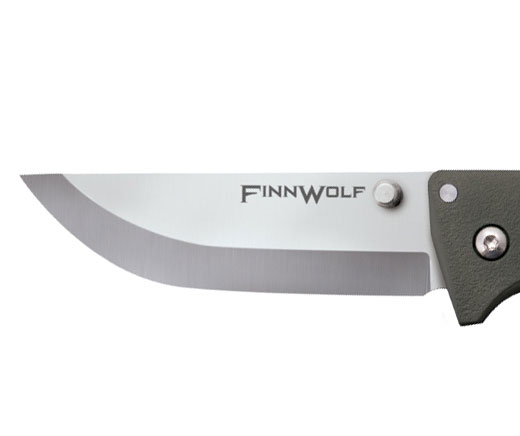
As the name suggests, the spine of the blade is straight and the blade edge curves up to meet it.
The long heavy spine makes it ideal for chopping, slicing and for placing pressure on the knife spine for a bit of extra force.
Trailing Point
On a knife with a trailing point blade, the spine curves upward. This creates a blade point that is higher in elevation than the handle.
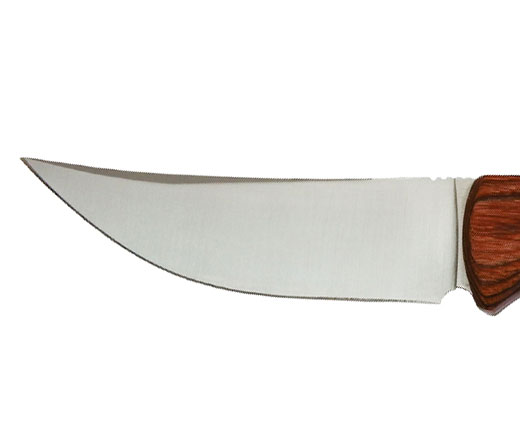
This creates a larger than normal belly on the knife which makes them ideal for slicing, skinning and filleting.
Clip Point
The clip point blade is a very common blade type. It features a spine that looks like it has had a piece ‘clipped’ off. This clipped area can be straight or concave.
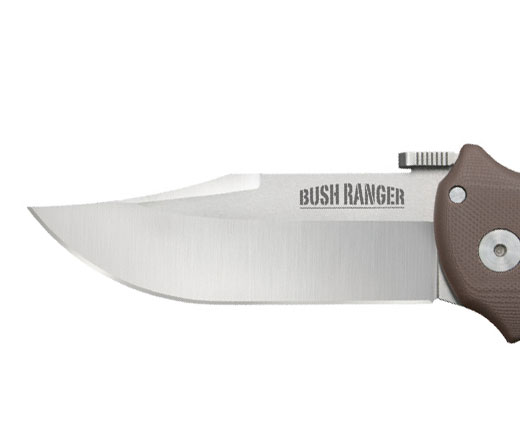
The result is a blade with a fine point that is well suited to tasks that require a bit of precision.
Spear Point
This type of blade is symmetrical and has a point which is in line with the centre of the handle. Stronger than a needle point, it is generally used in daggers and throwing knives.
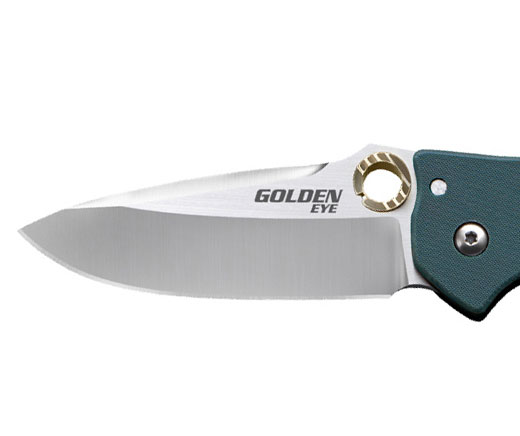
Generally a ‘dagger’ would have a spear point blade which is sharpened at both edges.
Drop Point
A very common blade type, the drop point features a convex spine which curves downwards from the handle to the point.
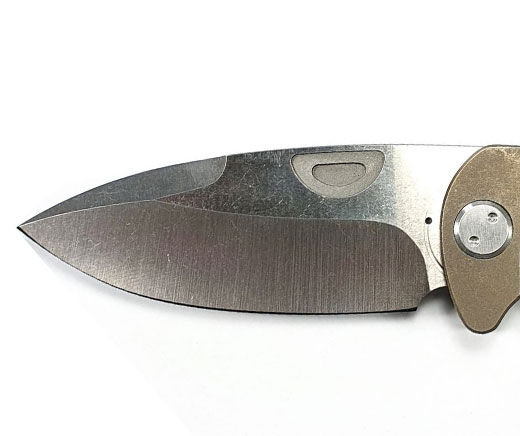
It has a larger belly making it easy to control and is ideal for general purpose use. A real all rounder favoured by hunters.
Tanto
Tanto blades are inspired by the short swords favoured by Samurai in feudal Japan. Instead of a curved belly a Tanto blade has a flat edge with an angular transition toward the point.
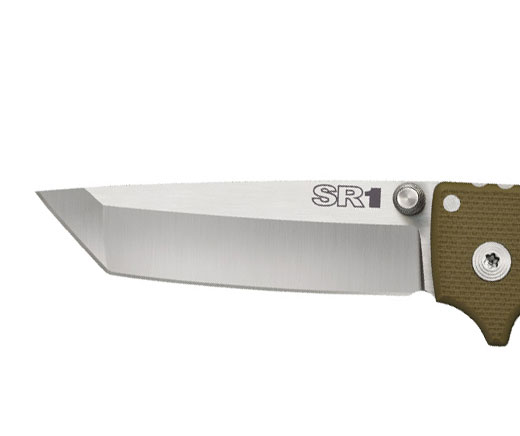
This makes the knife tip durable and ideal for piercing, but not necessarily good for slicing.
Hawkbill
Hawkbill knives feature a blade where the spine and blade curves downward together. This creates a downward facing point and an inward facing belly.
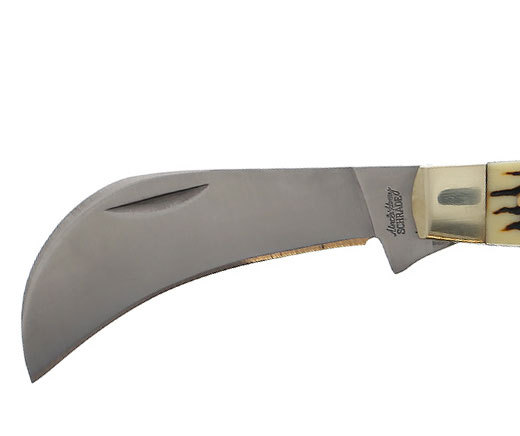
It is great for tasks such as cutting carpet or pruning as the blade lends itself to a cutting movement back towards the user.
Kukri
The kukri or khukuri blade type is based on a type of machete, originating from the Indian subcontinent. It is often associated with the Nepali speaking Gurkhas of Nepal and India.
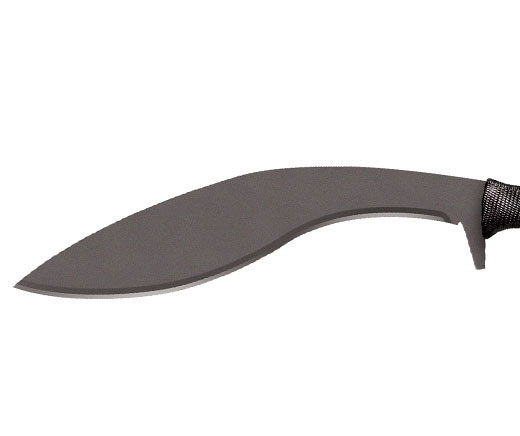
The kukri has a distinct recurve in the blade which creates a large heavy belly. The shape of this blade makes it ideal for chopping and clearing bush.
Gut Hook
Technically, a gut hook could be classed as a feature on a blade rather than a blade type. Normally it appears as a small, sharpened hook that features towards the point of the blade. Used normally for dressing game in the field.
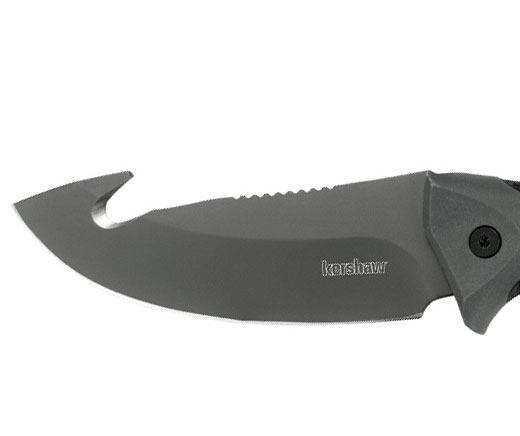
The way the hook is designed makes it ideal for cutting through animal skin without causing damage to the flesh.
Sheepsfoot
A sheepsfoot blade is one that has a straight edge and a spine which curves to meet it at the point.
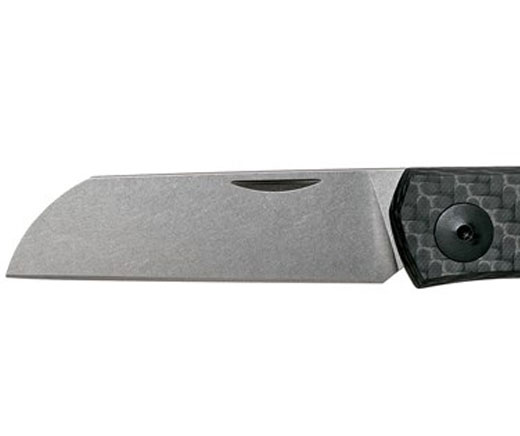
The shape is perfect for slicing whilst minimising potential piercing hazards.
Spey Point
A spey point knife has a blade which has a mainly flat edge which curves upwards towards the point.
The point, like the edge, is mainly flat but also curves towards the point. The result is a knife which has a shorter belly and a broader tip.
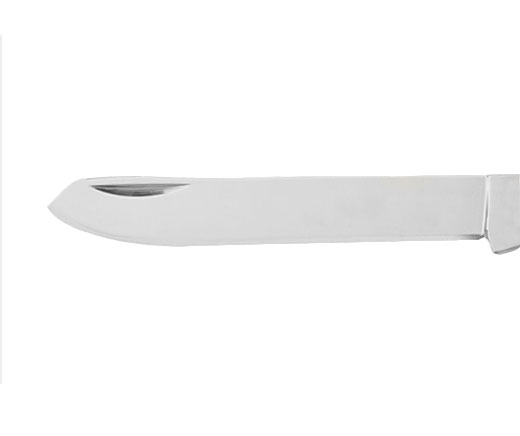
A good all rounder, spey points are often favoured by hunters.
Wharncliffe
A Wharncliffe blade is similar to the sheepsfoot blade with a straight edge and curved spine.
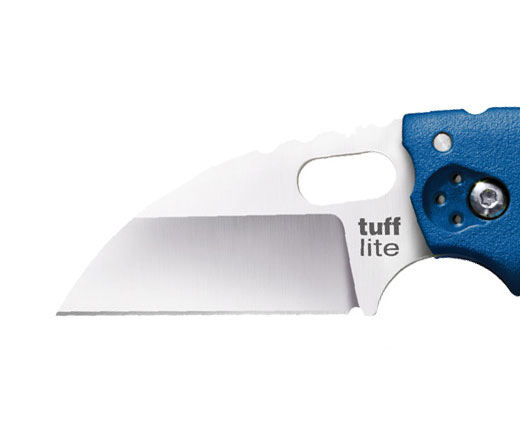
Ideal for slicing and reducing piercing hazards from the point.
Talon Point
The talon blade is similar to the hawkbill in that it has a curved blade. The blade tends to have a more gradual curve than a hawkbill. Shaped like a birds talon from which it derives its name.
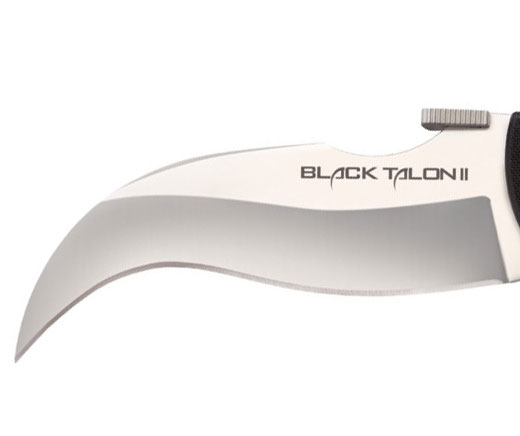
It has similar uses to the hawkbill and is designed to be used by pulling the blade back towards yourself.
Karambit
The karambit is a small Indonesian inspired curved knife resembling a claw.
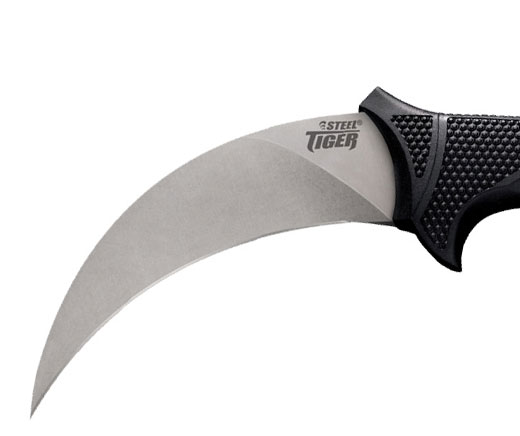
Used for close combat, it’s uses in other situations is limited.
Kris
The kris blade type is inspired by the Indonesian asymmetrical dagger with a distinctive wavy blade.
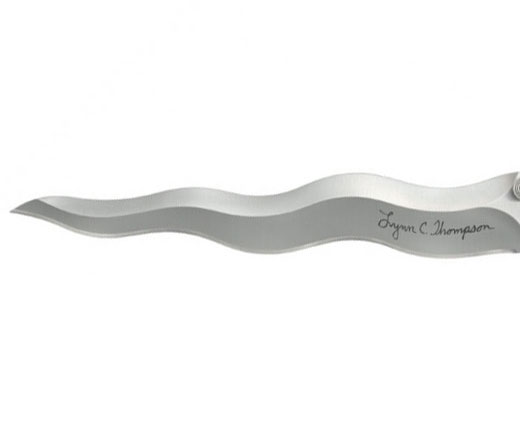
Originally designed for fighting it is ideal for piercing as it has fine point. It is really good at cutting as it has a lot more blade edge in relation to it’s length.
Kiridashi
The Kiridashi knife is based on a traditional wood carving knife, widely used in Japan. Translated to English, ‘kiridashi’ means ‘to carve out’ in Japanese. It features a straight edge and a sharp point.
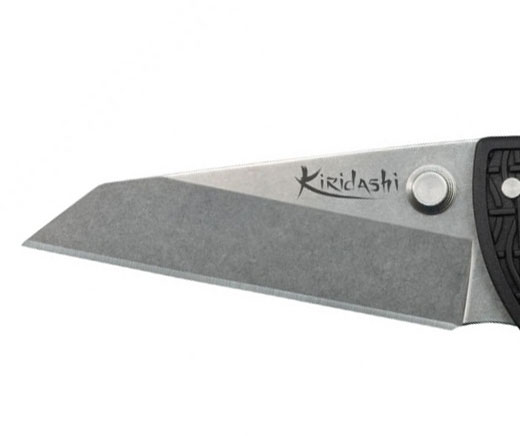
Ideal for hoobies, carving and marking out.
Bowie
Strictly speaking a bowie knife is a not a blade style but more a size of knife.
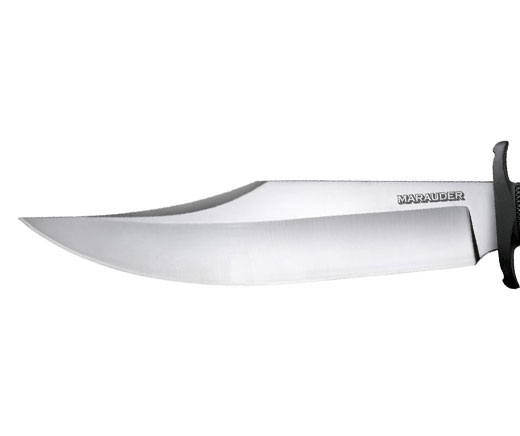
Normally bowie knives have a ‘clip point’ design, but are usually longer than 7″.
Hopefully this guide will prove to be useful when you are considering exactly what kind of blade type you are looking for.
With such a wide variety of knife options out there, you’re sure to find the right style of blade to suit your needs.

